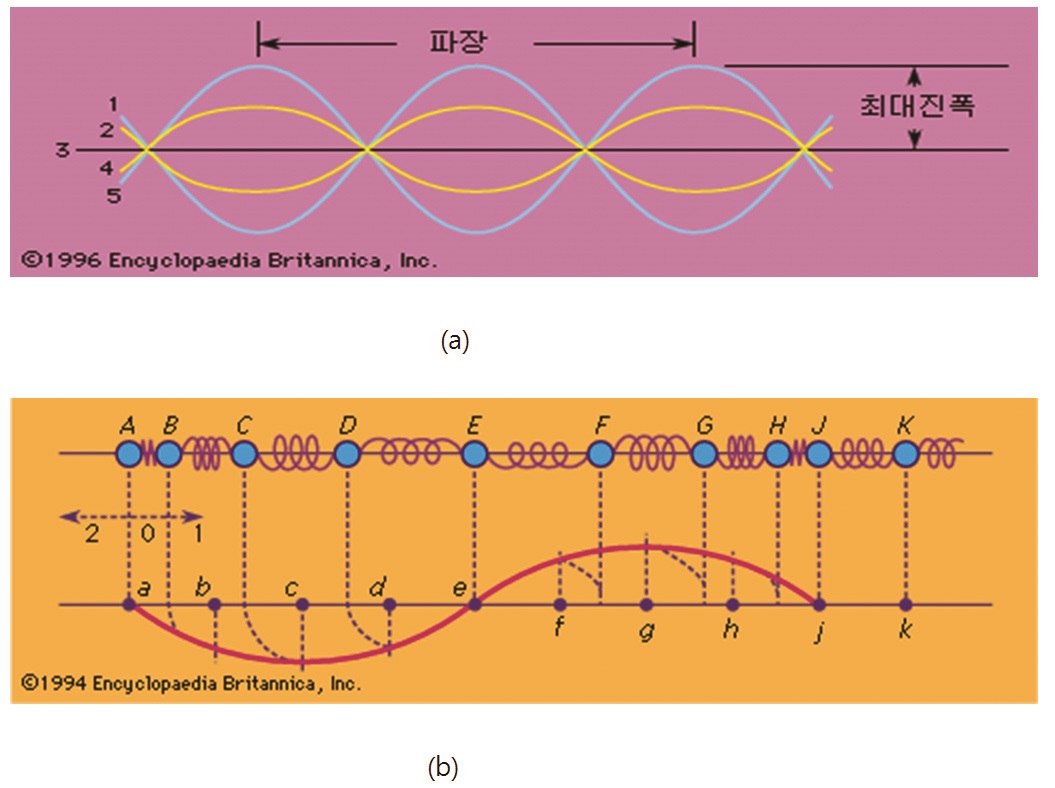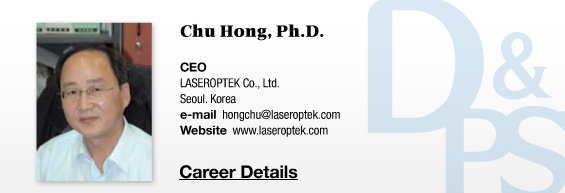This article will focus on the principles and mechanical characteristics of radio frequency (RF) and ultrasound which are two of the non-laser therapies most widely used in dermatology. RF is a type of electromagnetic wave and has different physical properties from ultrasound. Electromagnetic waves are formed when the electric field and magnetic field spatially interact with each other to progress in the form of waves. Unlike the vibration of general sound waves, electromagnetic waves do not require a medium to transport energy. The speed of their progression is square root of the product of permittivity (size of the electric charge stored by the medium) multiplied by permeability, and is expressed with the alphabet “C”. Electromagnetic waves have frequencies ranging from 0 to infinity Hz. Depending on the size of the frequency, they can be categorized into radio waves, microwaves, visible light, infrared, ultraviolet, X-ray, and gamma rays, etc. Radio waves have the frequencies from 10KHz to 1GHz and those of microwaves range from 1GHz to 1THz (1012Hz). In general, microwaves have short wavelengths and are electromagnetic waves that have similar collimation, reflection, refraction and coherence properties as light. They are used in radar, television and microwave ovens, etc. and play a key role in the field of molecular structure research.
HELIOSⅡ/LOTUSⅡ/HYPERION – Manufacturer: LASEROPTEK(www.laseroptek.com)
The difference between electromagnetic waves and sound waves is that electromagnetic waves are transverse waves, in other words, the waves travel in perpendicular direction to that of the oscillation, whereas, the sound waves are longitudinal waves that travel in the same direction as the oscillation. The behavior of waves that travel from the medium depends on the medium properties. For example, different frequencies travel in different speeds, which is a phenomenon known as dispersion. Dispersion of light waves creates separation of colors, as shown in the light spectrum created by a glass prism. In geophysics, the dispersion of seismic waves can be used to analyze the Earth’s internal structure.

Image 20-1. Conceptual diagram of transverse waves (a) and longitudinal waves (b).
Un transverse waves, as shown in <Image 20-1(a)>, the oscillation of the medium travels perpendicularly to the progressional direction of the wave. The surface wave of the water, secondary seismic wave (S wave), and electromagnetic wave (e.g. radio wave and light) are examples of transverse waves. In longitudinal waves, as shown in <Image 20-1(b)>, the oscillation of the medium travels in the same direction as the progression of the wave. As in the Image, compressing and releasing one end of a spring creates contracting and relaxing oscillations along the length of the spring. Here, one point of the spring moves along the oscillation to return to its original location and then to the opposite direction. In the principles of sound traveling through the air, the air molecules oscillate back and forth along the direction of the sound wave, repeating the state of sparseness and denseness. The P wave among the seismic waves is a type of longitudinal wave. In longitudinal waves, particles of the medium oscillate along the progressional direction of the wave and all particles involved in the oscillation behave the same way, except for gradual changes in the vibration phase. In other words, each particle completes the reaction cycle in time. This combined motion results in alternation between sparseness and denseness along the progressional direction. As shown in the above Image, particles A, B and C with low mass are connected through the medium of a spring that is both inertial and elastic. As particle B is inertial, movement to the left of A (arrow 2) lengthens the spring, whereas movement to the right of A (arrow1) contracts it. This interaction is delivered to B through the spring but there is a slight phase delay. Particle B delivers the motion to the adjacent C and the initial impact travels from A to K in this way, increasing the phase delay. At the moment of the above image, the phase difference between A and J is 360°. In other words, when A starts its second oscillation, the first oscillation reaches J. The lower part of the Image shows longitudinal waves in the form of transverse waves. A vertical line can be drawn in proportion to the distance travelled by particles from the stationary points of a, b, and c, etc. If the travel direction was to the left, the line will ascend and if it is to the right, the line will descend. The curved line that connects the final dots forms the transverse waves. This transverse line goes through sparseness and denseness once per half cycle as shown in ae and ej, where aj represents a full cycle. Here, the frequency represents the number of full cycles that a particle completes per second.





















